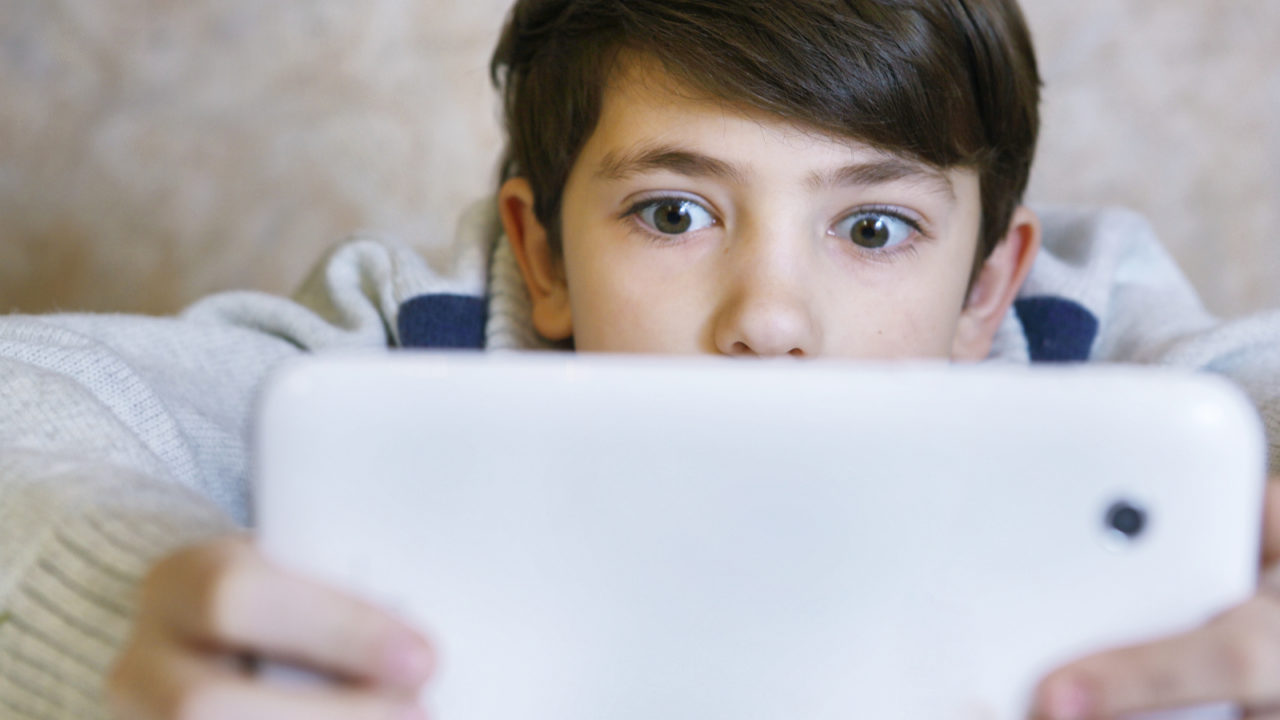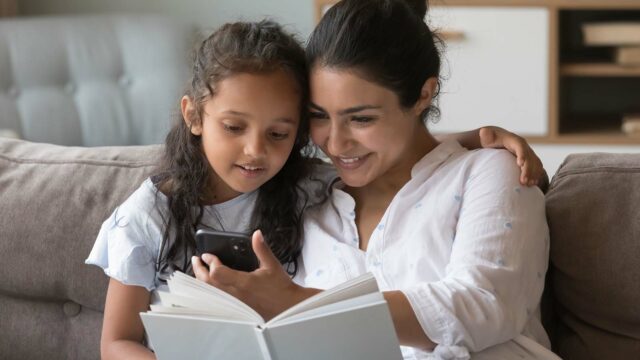
How to reduce real-life violence on social media
Useful settings in apps like TikTok, Instagram, and YouTube can reduce the risk of children being exposed to real-life violence.
Choose language in the Google-box below. Some translations may be flawed or inaccurate.
In online newspapers and other channels, photos and videos of real-life violence like criminal acts, disasters, and accidents are shared often avoiding horrific details. On social media, however, the same content may appear without any editorial assortment if a private person has filmed or shared the incident.
In recent years, a number of apps have come up with better filters and settings to reduce such content. Here’s how to proceed:
TikTok family pairing
This feature connects the child’s TikTok account to a parent’s, allowing the parent to set limits on the child’s use of the app. There is another feature called “Restricted Mode” that screens out inappropriate videos.
To activate «Family Pairing»:
- Tap the three dots in the upper-right corner of the app to get to the settings
- Select “Family Pairing”
- On the parent’s user, select “parent” and on the child’s choose “Teen.” Then take a picture of the QR code to connect the accounts
- The adult can now tap into the child’s username and adjust to different settings. Here you can also turn on the “restricted mode” feature on your child’s account
Filtering content without family pairing:
- Tap the three dots in the upper-right corner of the app to get to the settings
- Select “Digital Wellbeing”
- Select “Restricted Mode”
YouTube
One easy solution for smaller children is YouTube Kids, a child-friendly version of YouTube. However, as the kids get bigger, it might not be enough.
For filtering content on older children’s accounts:
- Create an adult account with Google
- Then, create another account for the child (unless the child already has one)
- Log in to YouTube with your child’s account, which in turn will ask for confirmation via the parent account
Now you can choose content filters based on age – 9+ and 13+.
On Instagram, you can set up a filter that screens out search content, videos, and photos that appear when you press the magnifying glass. To adjust this filter:
- Go to your profile page
- Tap the three bars in the upper-right corner
- Select Settings
- Select account
- Tap sensitive content settings
- Choose limit or limit even more
However, it doesn’t work in the case of private messages, Reels videos, and stories.
Doesn’t catch everything
Children and young people can still be exposed to inappropriate videos on social media because these solutions won’t be able to limit everything. Therefore, encourage the children:
- To report inappropriate videos to the developer so that this type of content stops appearing.
- To report to the police (In Norway: Politiets Nettpatrulje) if encountering something illegal or criminal.
- Not to share such content with others.
- Not to like or comment on such videos.
- To talk to an adult if they come across something that upsets or scares them.
Some video platforms have the option of pressing a button that says you are not interested in such videos. It’s like you’re telling the algorithm that you don’t want to be sent more of the same.
- Snapchat Spotlight: Tap and hold the video and select ‘I don’t like’
- Instagram Reels: Tap the three points when watching a video and select ‘not interested’
- TikTok: Tap the three points when watching a video and select “not interested”
- YouTube Shorts: Select “dislike” in the video window
Read more Kids and Media articles here.
(A longer version in Norwegian is available here. Translated and shortened by Ratan Samadder.)










